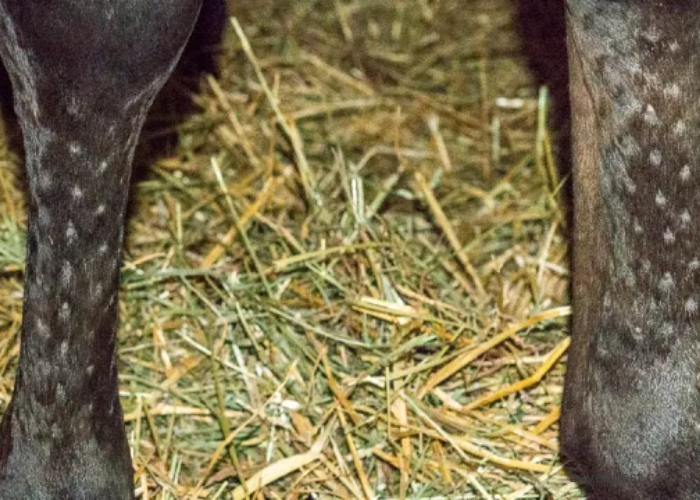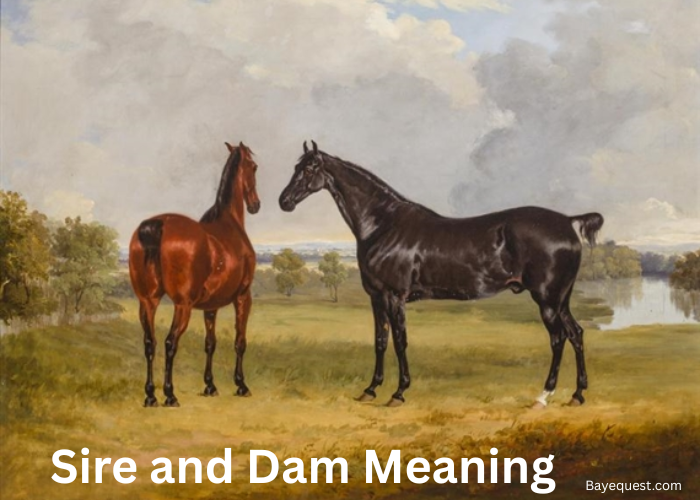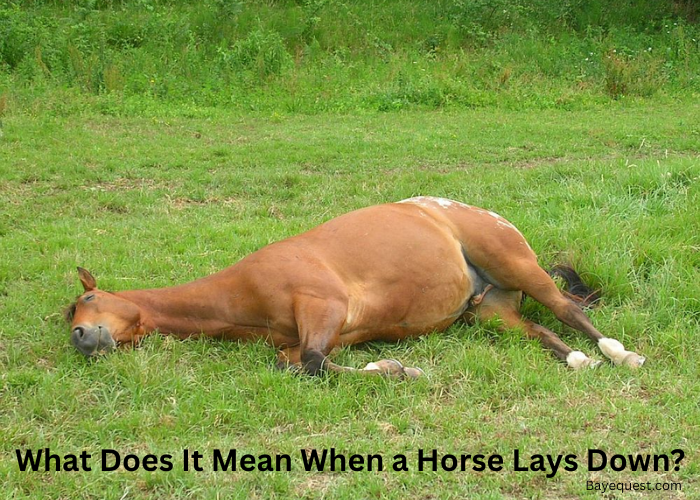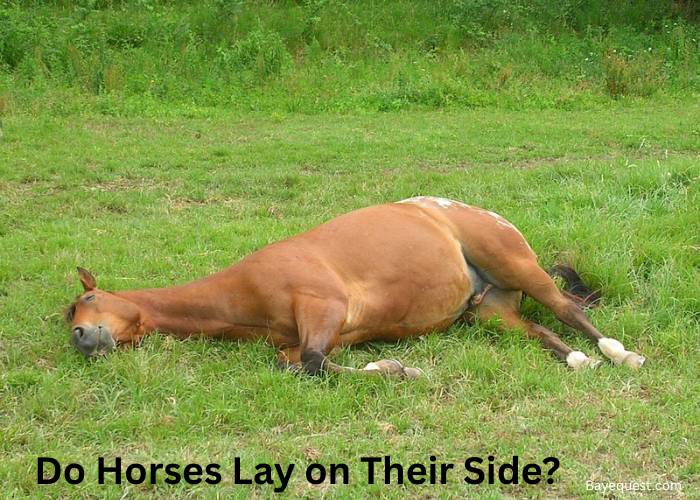Pin firing is an old method used in horse care. It involved applying heat to a horse’s leg, aiming to speed up recovery from injuries such as shin splints.
While once common practice, advancements in veterinary medicine have led to its decline.
Many now consider it outdated and unnecessary. This article explores the history of pin firing, explains how it worked, and discusses why it’s rarely seen in modern equine practice.
What is Pin Firing in Horses? Key Takeaway
Pin firing is an old veterinary procedure used to treat leg injuries in horses. It involves applying heated metal to the horse’s leg to create small burns, promoting healing through inflammation. While once common, modern veterinary treatments have replaced pin firing due to its pain and lack of clear long-term benefits.
What is Pin Firing?
Pin firing is a treatment once used for injured horses. It involves applying a heated metal tool to a horse’s leg.
The goal was to create small burns that would trigger healing in the injured area. People believed that causing controlled inflammation would speed up recovery.
It was often used for leg injuries like splints or tendons. However, it’s now outdated and is rarely practiced because better treatments are available.
Today, most vets use more humane and effective methods to treat horse injuries.
History of Pin Firing
Pin firing dates back hundreds of years. It was used in the horse racing industry, especially in the 18th and 19th centuries.
Back then, people thought it could strengthen a horse’s legs and help them recover faster from injuries.
Horses with leg problems, like splints or tendon issues, were often treated this way.
As veterinary science advanced, more humane and effective treatments emerged. By the mid-20th century, pin firing began to fall out of favor.
Today, it’s rarely used, and many consider it an outdated practice.
Why Was Pin Firing Used?
Pin firing was used to treat injuries in a horse’s legs, like splints, tendons, and chronic lameness.
The idea was that creating small burns would cause controlled inflammation, which people believed would promote faster healing.
It was thought to stimulate blood flow and encourage the body to repair the damaged tissue.
Many believed it could strengthen the horse’s legs, making them less prone to injury in the future.
At the time, it was seen as a practical solution for recurring leg issues, especially in racehorses. However, modern science now offers safer and more effective treatments.
Pros and Cons of Pin Firing
Pin firing has both supporters and critics. Let’s break down the pros and cons of this old method to see why it’s no longer widely used today.
Pros of pin firing in horses
1. Pin firing was believed to promote healing by increasing blood flow to the injured area.
2. It was thought to strengthen the treated area, potentially reducing the likelihood of future injuries.
3. In the past, it was one of the few available treatments for conditions like splints and tendon injuries.
Cons of pin firing in horses
1. The process is painful and causes discomfort to the horse.
2. Veterinary science has developed more humane and effective treatments, making pin firing unnecessary.
3. The procedure can lead to scarring and permanent skin damage.
4. There is limited evidence that it provides significant long-term benefits compared to modern treatments.
5. Many consider it inhumane due to the pain it causes without clear evidence of its effectiveness.
The Debate Around Pin Firing in Horses
The debate around pin firing centers on its ethics and effectiveness. Supporters once believed it sped up recovery and strengthened legs, especially for racehorses.
However, critics argue that it’s an outdated, painful procedure with limited proven benefits.
As veterinary science advanced, more humane and effective treatments emerged, leading to the decline of pin firing.
Animal welfare advocates often point to the unnecessary pain it causes, while modern vets favor less invasive methods.
Modern Alternatives to Pin Firing
Today, there are several modern alternatives to pin firing that are more effective and humane.
These methods focus on treating injuries without causing unnecessary pain or discomfort to the horse.
1. Cold laser therapy. Uses low-level lasers to reduce inflammation, promote healing, and relieve pain without causing harm to the tissue.
2. Shockwave therapy. This is a non-invasive treatment that stimulates healing by using sound waves to target injured areas, improving blood flow and tissue repair.
3. Stem cell therapy. Harnesses the power of regenerative medicine by using the horse’s own cells to heal damaged tissues and promote faster recovery.
4. Platelet-rich plasma (PRP) therapy. Involves injecting concentrated platelets into the injured area to stimulate healing and tissue regeneration.
5. Ultrasound therapy. This method uses sound waves to treat injuries, reduce inflammation, and speed up recovery.
Read also: Can Horses Recover From a Broken Leg?
Is Pin Firing Still Legal?
Pin firing is still legal in some regions, but it’s heavily regulated and rarely practiced.
Many countries and states have moved away from this procedure due to advances in veterinary medicine and concerns over animal welfare.
In places where it remains legal, strict guidelines are often in place to ensure it’s only used under certain conditions and by licensed professionals.
However, with modern, more humane treatments available, pin firing is generally discouraged. Most veterinarians no longer recommend or perform the procedure.
FAQs
What is freeze branding horses?
Freeze branding is a method used to permanently mark a horse for identification. It involves applying a cold branding iron, usually chilled with liquid nitrogen, to the horse’s skin. The extreme cold kills the pigment-producing cells, causing white hair to grow in the branded area.
What is the difference between pin firing and freeze firing?
Pin firing uses heat to create small burns on the horse’s leg to stimulate healing, while freeze firing, uses extreme cold to achieve a similar effect. Both methods aim to cause controlled inflammation to promote tissue repair. Pin firing involves heating a metal tool, while freeze firing uses cold temperatures like liquid nitrogen.
Thermocautery vs pin firing in horses
Thermocautery is a broader term that refers to using heat to destroy or seal tissue. Pin firing, a specific type of thermocautery, involves applying heated metal pins to a horse’s leg to treat injuries. While both involve heat, thermocautery is a general practice used in various medical procedures. Pin firing on the other hand targets horse leg injuries.
Conclusion
Pin firing was once a common practice for treating leg injuries in horses, but times have changed.
While it aimed to help horses heal, the pain and outdated methods make it less acceptable today.
Modern treatments offer better and more humane options for equine care.
From cold laser therapy to regenerative medicine, there are now safer ways to treat injuries without causing unnecessary pain.
Understanding pin firing’s history helps us appreciate the advancements in veterinary care. Horses deserve the best care, and today’s methods provide just that.








